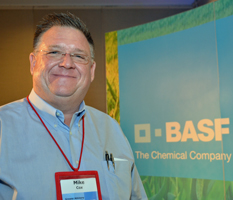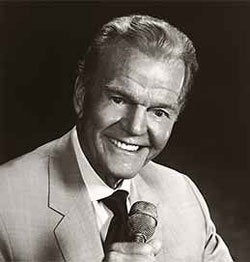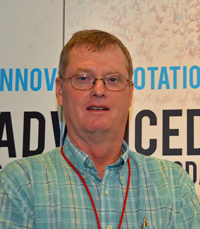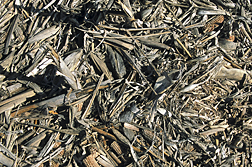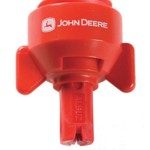 Farmers requiring sub-inch accuracy for tiling and other precision farming operations have a new GPS option from Ag Leader Technology, Inc.: the GPS 2500B RTK Base Station.
Farmers requiring sub-inch accuracy for tiling and other precision farming operations have a new GPS option from Ag Leader Technology, Inc.: the GPS 2500B RTK Base Station.
Bill Cran, Ag Leader GPS Product Specialist, said, “The GPS 2500B is a dualfrequency 900 MHz RTK Base Station for use with the field-proven GPS 2500 smart antenna.”
Intended for highly accurate tile installation and pass-to-pass repeatability in field operations, the system can access multiple GNSS signals, including GLONASS. “The GPS 2500B is ideal for use with the Ag Leader Intellislope™ Tile Plow Control system. Growers with the Ag Leader OnTrac2+™ Assisted Steering system can also benefit from the increased accuracy,” Cran explained.
 Setup of the GPS 2500B base station is quick and easy: the operator simply mounts the unit on the included tripod and connects to a 12-volt power source. The unit can also be permanently mounted for long-term repeatability.
Setup of the GPS 2500B base station is quick and easy: the operator simply mounts the unit on the included tripod and connects to a 12-volt power source. The unit can also be permanently mounted for long-term repeatability.
The base station also features improved GNSS performance, a full graphic display with menu selection keys and standard USB flash drive data transfer. The unit is protected in a rugged housing that is resistant to damage from dust and liquid.
RTK radio kits will be available for those who would like to upgrade their existing GPS 2500 receivers. Growers can consult an Ag Leader dealer or visit agleader.com for complete details.
Become a fan of Ag Leader on Facebook today, and get the latest precision ag videos on the YouTube channel. For more information about Ag Leader products and services, or to visit the blog site, go to www.agleader.com.

